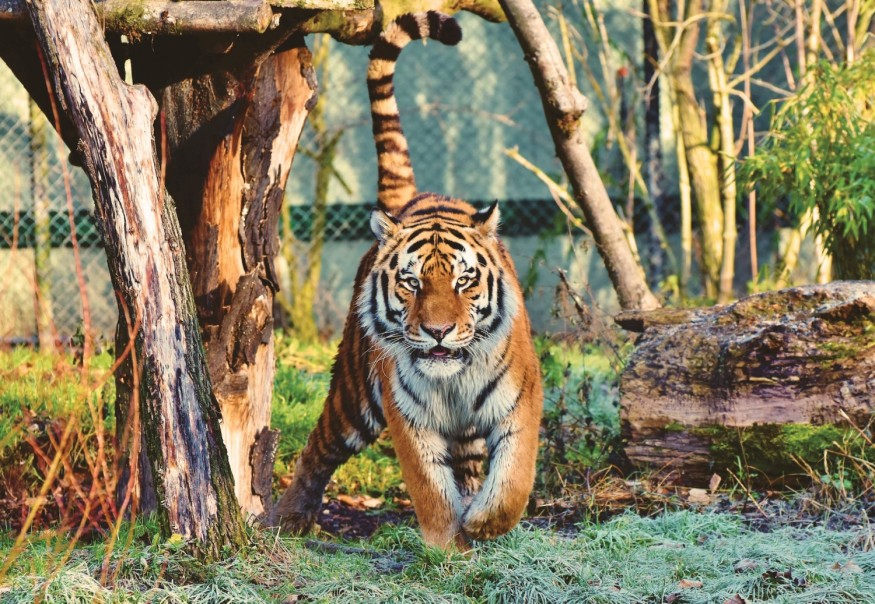
The countries of India and Bhutan have seen a growth in their tiger populations, with experts believing that this is a good indication of a healthy ecosystem.
A report on the BBC said that both countries have recorded a significant increase when it comes to the number of their wild tigers.
India reported an average total of 3,682 tigers and with this number, the country has become the home of 75% of the world's wild tigers, according to the Minister of State for Forest, Environment and Climate Change.
The spike of the wild tiger population in India amounts to an annual increase of 6%, according to authorities.
For its part, Bhutan has recorded a total of 131 tigers, which is a 27% increase from its previous figure in 2015.
Tiger conservation
The present increase in India could be considered as a major conservation success.
According to Union Minister of Forest, Environment and Climate Change Bhupender Yadav, the measures of India when it comes to tiger conservation were not only for the figures but also a testament to the determination and commitment of its government.
Experts have observed that the tiger population in India had decreased to less than 2,000 during the 1970s and this low figure was attributed to rampant poaching and loss of habitat.
Meanwhile, in the Himalayan Kingdom of Bhutan, experts also saw a notable increase when it comes to the number of wild tigers.
According to Chimi Rinzin, country director of WWF-Bhutan, the spike on the number of tigers was an indication for a very healthy ecosystem.
Results of a Bhutan tiger population survey also disclosed that the tigers breeding at different altitudes in the country could show that the kingdom might actually assist regional populations to recover.
An entry in the WWF said that the increase on tigers was also due to the collective effort among the Royal Government of Bhutan, local partners, and non-governmental organizations.
Furthermore, the Bhutan Tiger Center had initiated efforts to monitor and research the country's tiger population and it worked with local communities to radio-collar tigers so that their movements could be studied.
Bhutan has since been implementing a couple of measures for the rise of tiger populations, including the adoption of a global conservation tool that sets best practices and standards that aims to manage wild tiger sites.
This tool will also equip rangers with improved monitoring and reporting technology so that they will be able to eradicate crimes and hostilities against the wildlife.
Meanwhile, a separate CNN report said in April that the resurgence of Indian tigers "represents a triumph for conservationists, and a ray of hope for other countries struggling to boost wildlife numbers."
Before, tiger number had depleted because of agricultural expansion, deforestation, and infrastructure, resulting in the fragmentation of tiger habitats.
Experts said these factors affected tigers as they are considered as solitary animals who need to roam and hunt in large territories.
Prime Minister Narendra Modi said in an address that tigers are considered as brothers in the Indian tribes.
Tiger attacks
Amid the growth, there have been concerns about the increase in tiger attacks across areas where conservation measures are taking place.
In India, tigers have started to venture outside protected nature reserves to look for food and this brings fears among residents in nearby villages.
Records showed that more than 100 people were killed in tiger attacks in India between 2019 and 2021
This is the same concern of people in Bhutan. Authorities said that if tigers are to keep thriving, human-tiger conflict must continue to be addressed.
Related Video:
© 2025 NatureWorldNews.com All rights reserved. Do not reproduce without permission.





